Why Are Restaurants Selling Beef From Dairy Cows?
Was that steak you devoured mooing "got milk" before it reached your plate? We delve into the rise of dairy beef and what it means for your plate.
Why Are Restaurants Selling Beef From Dairy Cows?
Was that steak you devoured mooing "got milk" before it reached your plate? We delve into the rise of dairy beef and what it means for your plate.
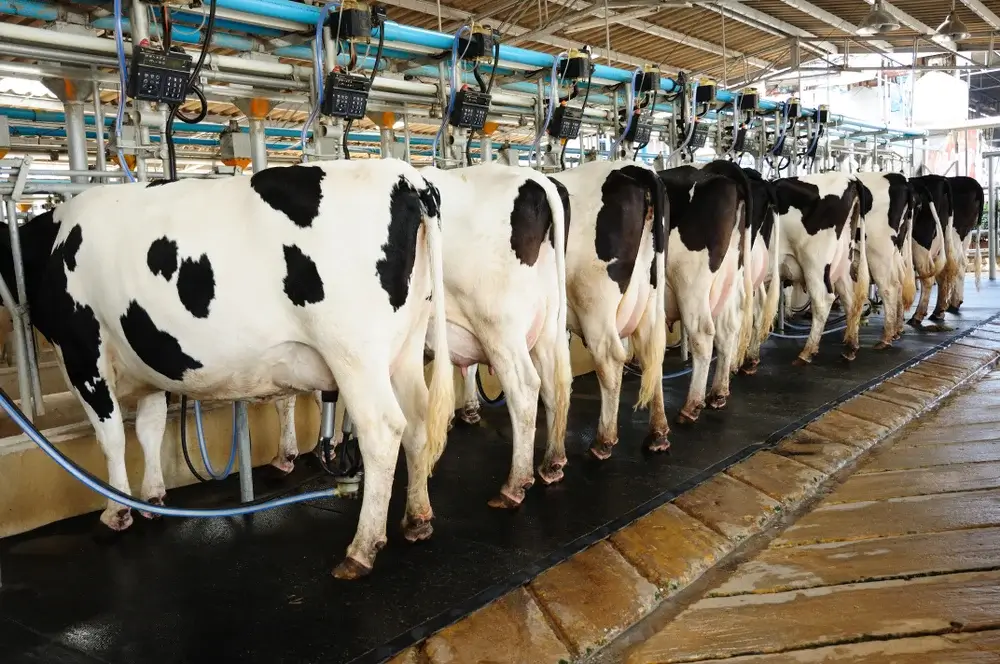
The American barbecue brisket that popped up on the menu at NYC bistro ACRU was a bit different than what one would typically expect from a Greenwich Village restaurant. The meat came from a dairy cow.
“It’s a premium product,” says executive chef and partner Daniel Garwood. “The cow has gone through its whole life. There’s a lot of natural marbling. It has an interesting flavor and texture.”
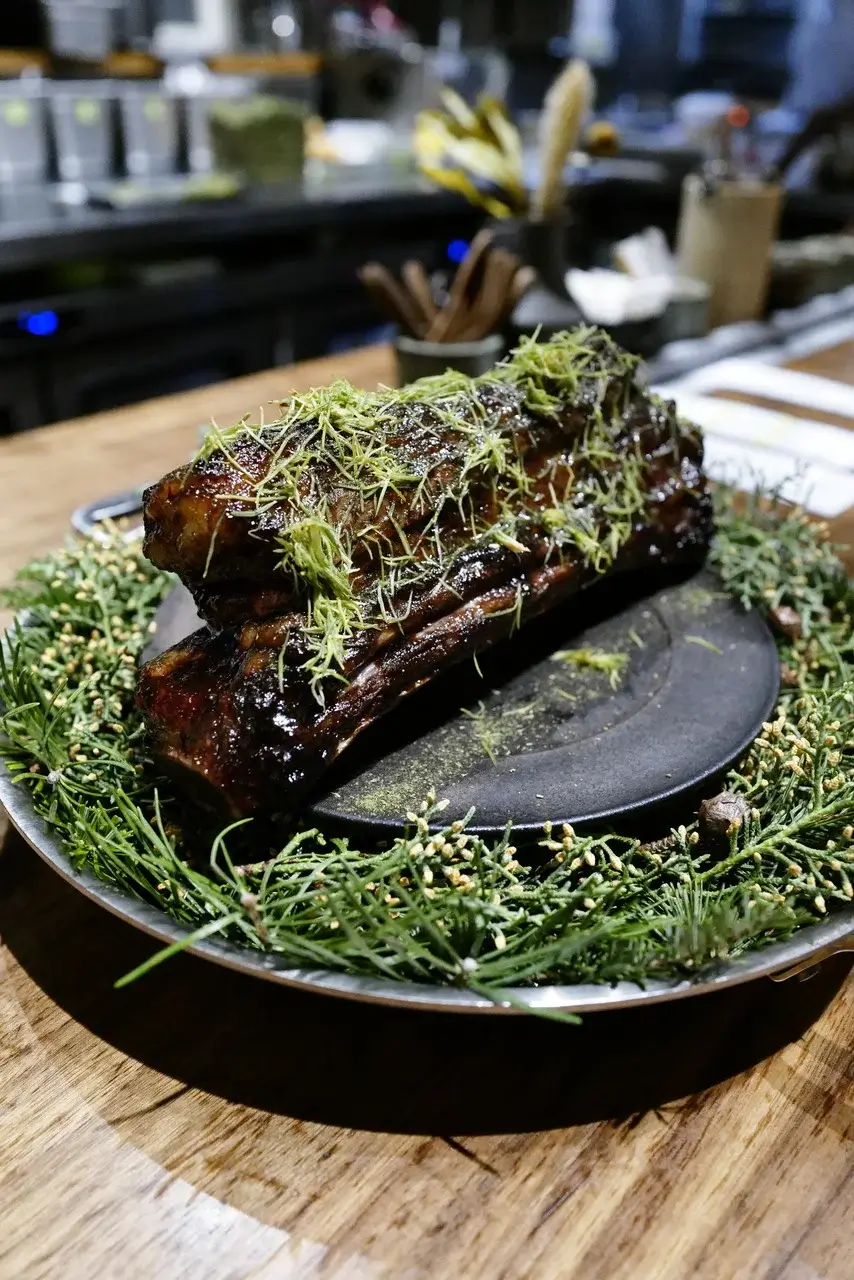
Since opening the restaurant in October of 2024, Garwood, who hails from Australia and spent time cooking in Sweden, has served ribeye, strip loin, tenderloin, brisket, and even mince pie, all from dairy cow beef.
In the U.S., dairy cows are almost exclusively raised for dairy production. The exception is male calves, sold to the beef industry and raised for veal or beef. Once a dairy cow’s milk productivity declines, the cows are slaughtered with their meat, which is often considered of a lower quality and makes its way into dog and cat food and fast food burgers. In other parts of the world, though, such as in Sweden, where Garwood worked, meat from dairy herds is prized.

Now, a growing number of U.S. restaurants, including ACRU, Blue Hill at Stone Barns, and Gwen Restaurant in Los Angeles, have been exploring whether dairy cow meat will appeal to consumers interested in sustainability.
“Meat from grass fed dairy cows is considered to have a lower carbon footprint than meat from traditional beef herds in part because its footprint is spread across the years of protein rich, delicious milk the animals produce in their lifetime,” says Dan Barber of Blue Hill at Stone Barns.
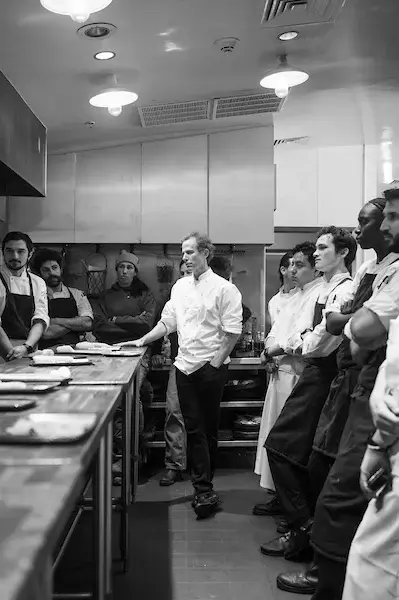
There’s an idea that beef from a dairy herd is a more sustainable option, because you are getting more food for the resources used. Instead of simply just getting milk or beef from the land, water, feed, put into the cow you’re getting both.
READ MORE
Cows have a methane problem. Dairy farmers are hoping new innovations can help.
Sustainability was a big draw for The Oberon Group, which owns restaurants and food markets in the Catskills and New York City. They introduced dairy beef in 2017, and while customers supported the sustainability efforts, there were concerns around texture.
“The customer pushback on the toughness was significant,” says Henry Rich, managing partner.
As dairy cows are older when they are slaughtered compared to beef cattle, which usually are culled at six to seven months for veal, or two years for beef, the meat is generally considered tougher.
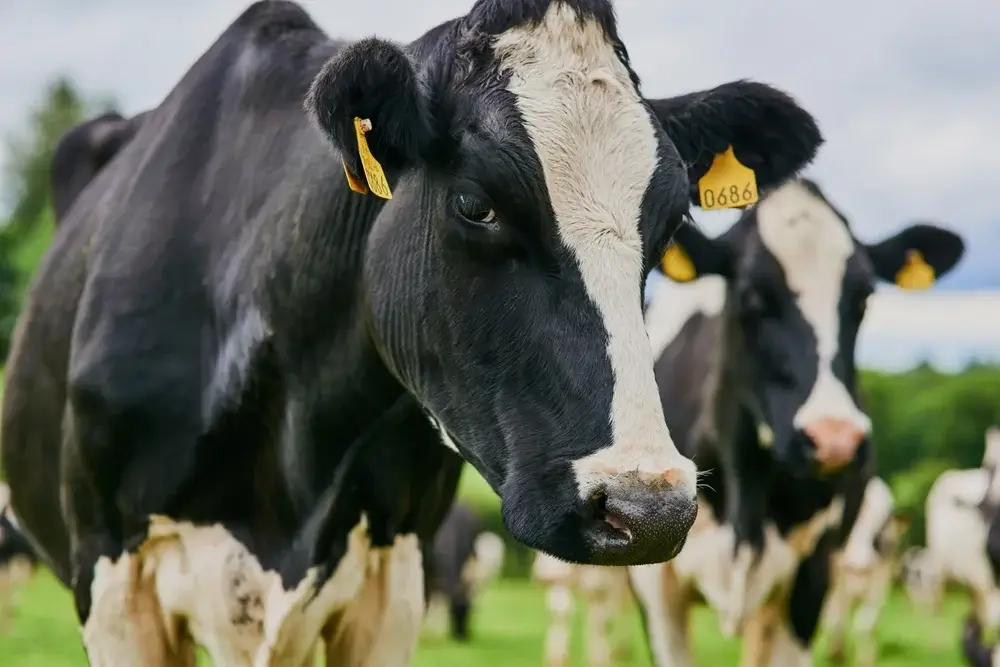
“They generally don’t have a lot of intramuscular fat or marbling that gives beef the flavoring that is associated with it. And all of those things usually reduce consumer acceptance. I would guess restaurants are using some pretty unique cooking methods in order to overcome that,” says Tara Felix, an associate professor in the Department of Animal Science at the University of Pennsylvania.
The Oberon Group is focused on sustainable, environmental restaurants with a goal of carbon-neutrality and zero-waste. As he explains it, they started serving dairy beef in a meat-centric restaurant, Metta, because, at the time, they believed that because the carbon emissions of the cow were already caused by dairy, using the cows for meat would have a lower carbon footprint that cows that were just used for meat. The calculation soon felt a bit off to Rich.
“The claim that they had lower overall carbon footprints is because you’re ignoring the first however many years of life because they’d be here anywhere. That accounting started to feel a little fuzzy for me,” Rich says.
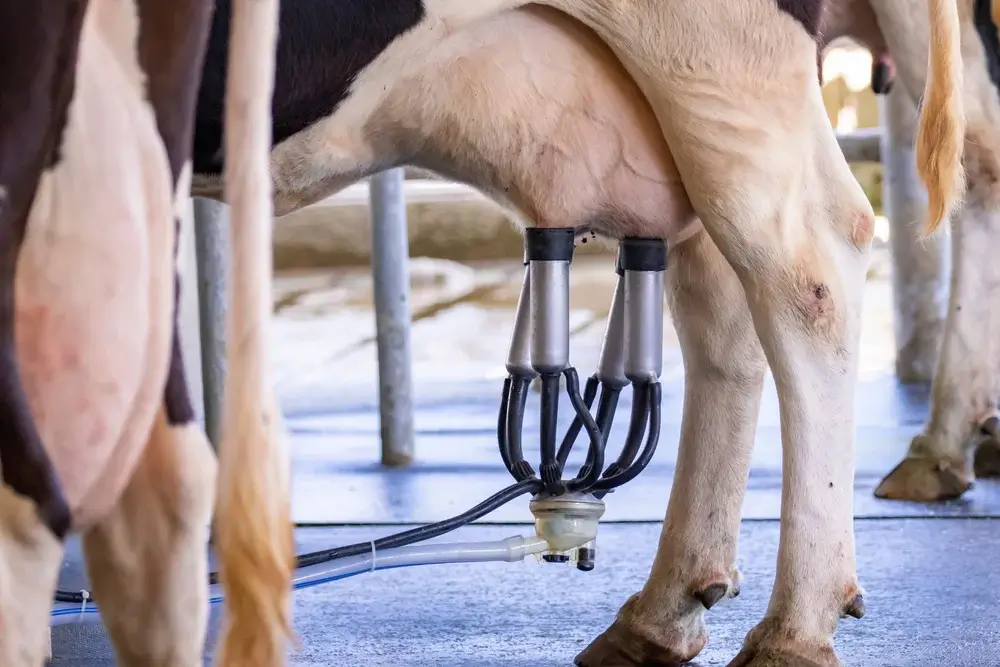
There is research that seems to agree that dairy beef has a lower carbon footprint than conventional beef. An analysis from Our World in Data, found that per 100 grams of protein beef from a beef herd had 49.89 grams of greenhouse gasses, whereas beef from a dairy herd was 16.87 grams.
“The challenge is that sustainability means something different to everyone. Is it reduced methane emissions? Is it reduced feed inputs? Is it reduced time on feed?” says Felix who added that it’s a question a number of people are currently researching in regards to the offspring from dairy farms which do already often make their way into beef herd programs.
Between the customer response and the lack of clarity over sustainability, The Oberon Group ended up phasing out the dairy beef program after about two years.
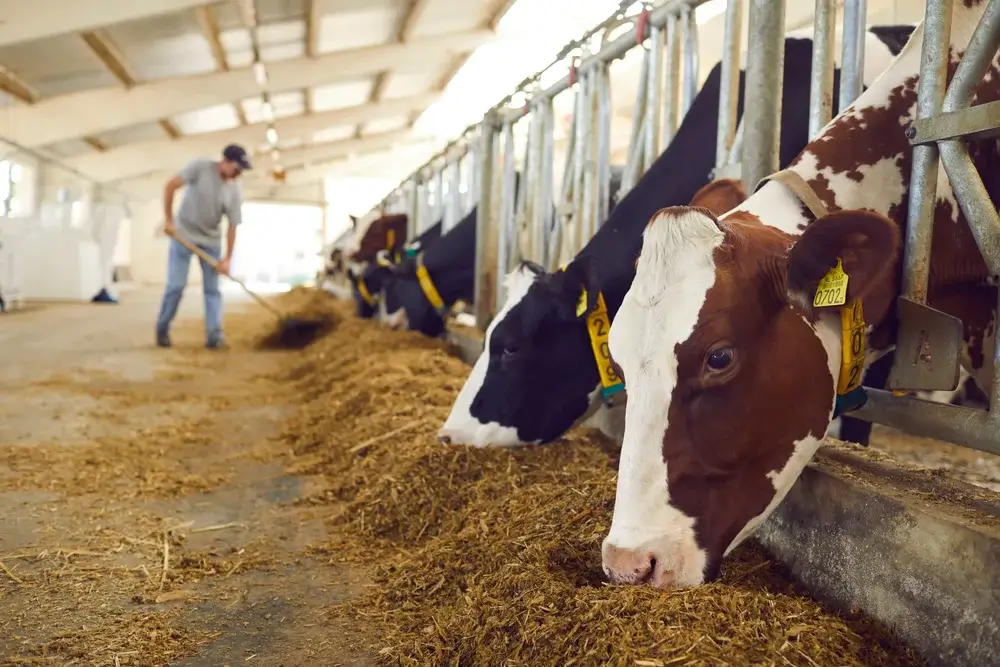
However, the company started and stopped its dairy beef program before the coronavirus pandemic upended life as we knew it. Chefs life Garwood and Barber that have started their dairy beef programs within the last year or so have done so at a time when there is perhaps more awareness of the interconnectedness of food systems, and climate-related disasters such as the wildfires in Maui or more recently in L.A., have pushed more people to think about the impacts of global warming. Garwood and Barber have so far received vastly different responses to their program.
“The response has been overwhelmingly positive. Grass-fed beef and meat from dairy cows has the reputation of being tough, but some of our guests have told us it’s the best steak they’ve ever had,” says Chef Dan Barber of Blue Hill at Stone Barns.
Blue Hill started using dairy beef in 2023, but Barber credits the cows on his family’s dairy in the Berkshires for making him want to experiment with dairy beef.
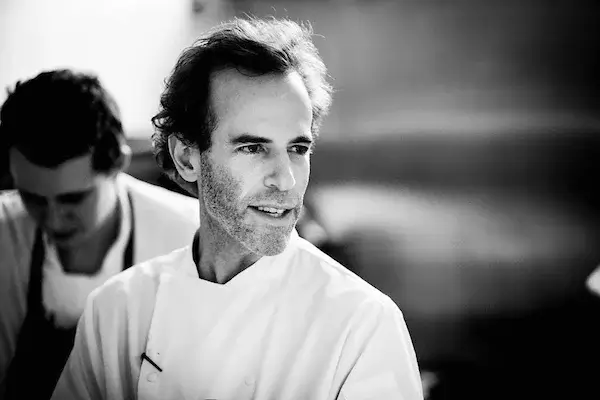
“Blue Hill Farm, my family’s dairy farm in the Berkshires, had an older dairy cow ready for culling at least once or twice a year. I bet it was my proximity to these exceptional ladies—spending years, in some cases seven or eight or more years, getting to know them well—that made their inevitable fate of becoming dog food feel disrespectful,” says Barber.
Barber and Garwood haven’t yet faced any significant negative customer response. At Blue Hill at Stone Barns, dairy cows forage on grass and hay before being slaughtered.
“The meat from grass-fed dairy cows has this incredible, idiosyncratic flavor,” says Barber. “But more than that, the idea is to showcase how delicious this often-overlooked meat can be and create a market for it.”
U.S. dairy farmers typically get only about 60 cents per pound for meat from retired dairy cows as dog food and fast food hamburgers. If they could get closer to $6 a pound or more for their animals, Barber says it could help boost revenue for dairy farmers.
LEARN MORE
Cow tipping: real or fake?
Felix agrees that it could be economically appealing for dairy farmers but believes that its success would depend on the size of the dairy farm and whether or not the restaurant could take all of the animals the dairy produces.
“There are 86 million head of cattle in the United States, and each year we kill 26 to 28 million. If we’re talking about even eight or 10 restaurants using two to three cows a week, this is a very, very small market,” Felix says. “Not to discount it, because it would be great if a farmer could develop a relationship like that, but it’s probably never going to be our primary marketplace.”

That isn’t a deterrent for Garwood. Initially, he had trouble sourcing the dairy beef. “We had to buy the entire cow,” says Garwood, who is sourcing from Ends Meat in Brooklyn, which gets dairy cows from farms in upstate New York, adding that he’s had other restaurants express interest in getting primal cuts but not being able to handle the entire cow.
“We really want to pursue it,” Garwood says. “We’ll focus on whole dairy cow dinners in the coming months.”
Follow us
This work is licensed under a Creative Commons Attribution-NoDerivatives 4.0 International License.
Want to republish a Modern Farmer story?
We are happy for Modern Farmer stories to be shared, and encourage you to republish our articles for your audience. When doing so, we ask that you follow these guidelines:
Please credit us and our writers
For the author byline, please use “Author Name, Modern Farmer.” At the top of our stories, if on the web, please include this text and link: “This story was originally published by Modern Farmer.”
Please make sure to include a link back to either our home page or the article URL.
At the bottom of the story, please include the following text:
“Modern Farmer is a nonprofit initiative dedicated to raising awareness and catalyzing action at the intersection of food, agriculture, and society. Read more at <link>Modern Farmer</link>.”
Use our widget
We’d like to be able to track our stories, so we ask that if you republish our content, you do so using our widget (located on the left hand side of the article). The HTML code has a built-in tracker that tells us the data and domain where the story was published, as well as view counts.
Check the image requirements
It’s your responsibility to confirm you're licensed to republish images in our articles. Some images, such as those from commercial providers, don't allow their images to be republished without permission or payment. Copyright terms are generally listed in the image caption and attribution. You are welcome to omit our images or substitute with your own. Charts and interactive graphics follow the same rules.
Don’t change too much. Or, ask us first.
Articles must be republished in their entirety. It’s okay to change references to time (“today” to “yesterday”) or location (“Iowa City, IA” to “here”). But please keep everything else the same.
If you feel strongly that a more material edit needs to be made, get in touch with us at [email protected]. We’re happy to discuss it with the original author, but we must have prior approval for changes before publication.
Special cases
Extracts. You may run the first few lines or paragraphs of the article and then say: “Read the full article at Modern Farmer” with a link back to the original article.
Quotes. You may quote authors provided you include a link back to the article URL.
Translations. These require writer approval. To inquire about translation of a Modern Farmer article, contact us at [email protected]
Signed consent / copyright release forms. These are not required, provided you are following these guidelines.
Print. Articles can be republished in print under these same rules, with the exception that you do not need to include the links.
Tag us
When sharing the story on social media, please tag us using the following: - Twitter (@ModFarm) - Facebook (@ModernFarmerMedia) - Instagram (@modfarm)
Use our content respectfully
Modern Farmer is a nonprofit and as such we share our content for free and in good faith in order to reach new audiences. Respectfully,
No selling ads against our stories. It’s okay to put our stories on pages with ads.
Don’t republish our material wholesale, or automatically; you need to select stories to be republished individually.
You have no rights to sell, license, syndicate, or otherwise represent yourself as the authorized owner of our material to any third parties. This means that you cannot actively publish or submit our work for syndication to third party platforms or apps like Apple News or Google News. We understand that publishers cannot fully control when certain third parties automatically summarize or crawl content from publishers’ own sites.
Keep in touch
We want to hear from you if you love Modern Farmer content, have a collaboration idea, or anything else to share. As a nonprofit outlet, we work in service of our community and are always open to comments, feedback, and ideas. Contact us at [email protected].by Bridget Shirvell, Modern Farmer
February 18, 2025
Modern Farmer Weekly
Solutions Hub
Innovations, ideas and inspiration. Actionable solutions for a resilient food system.
ExploreShare With Us
We want to hear from Modern Farmer readers who have thoughtful commentary, actionable solutions, or helpful ideas to share.
SubmitNecessary cookies are absolutely essential for the website to function properly. This category only includes cookies that ensures basic functionalities and security features of the website. These cookies do not store any personal information.
Any cookies that may not be particularly necessary for the website to function and are used specifically to collect user personal data via analytics, ads, other embedded contents are termed as non-necessary cookies.